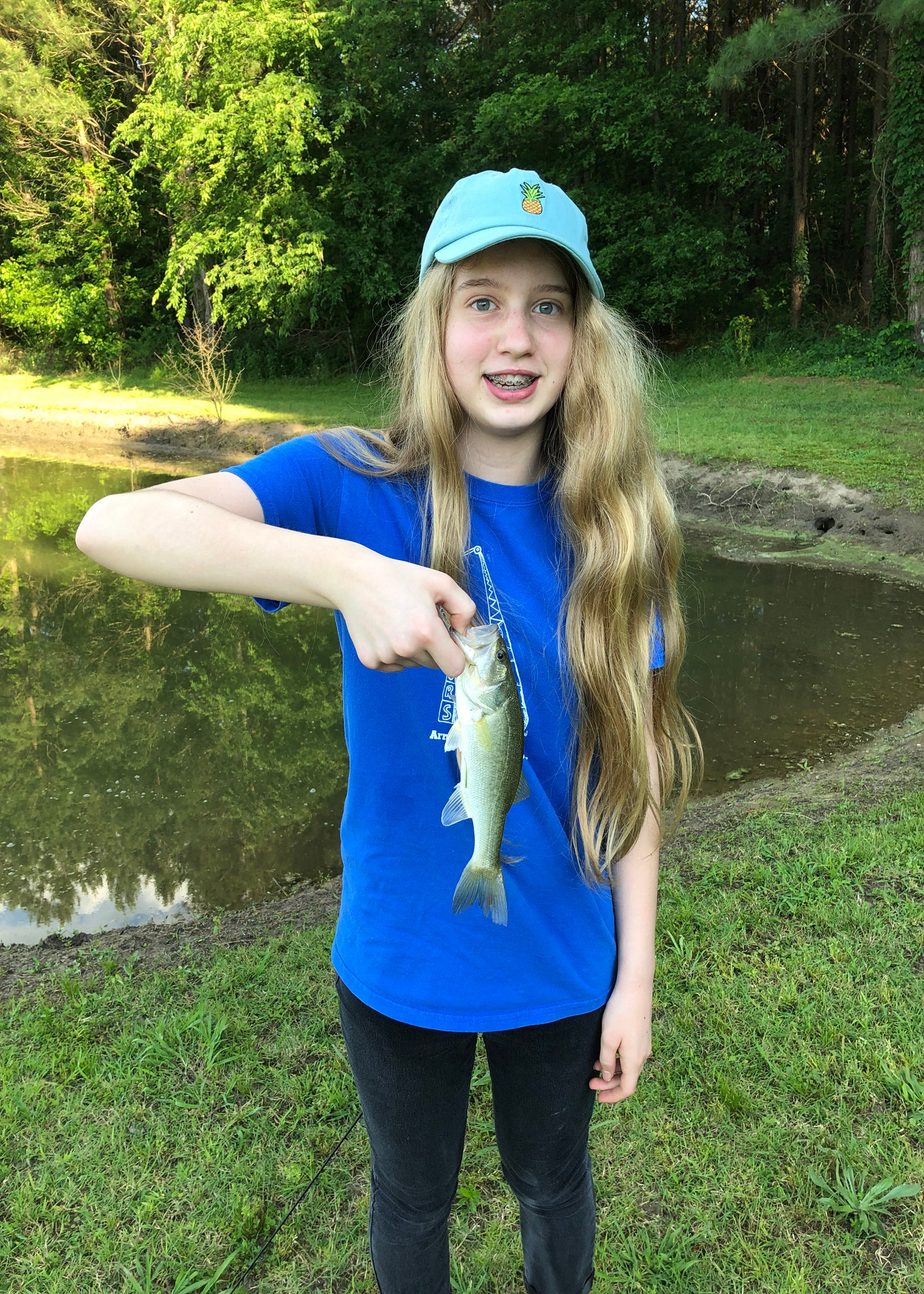Consider a bass-crowded pond for young anglers
Published 7:52 am Sunday, June 20, 2021
By Wes Neal
MSU Extension Service
Grandpa cast the jig and cork to the center of the pond and handed it to Lucy. “Now, start reeling in slowly,” he said.
She did as Grandpa instructed. On the third crank of the reel, the float disappeared several inches below the water surface, and Grandpa shouted, “She’s got it; reel it in!”
That day, Lucy perfected her casting technique and caught nearly a dozen small bass and several large bluegill.
So, why did a 7-year-old, who had never fished before, have so much success with a little toy fishing rod? She was fishing in a bass-crowded pond full of hungry fish.
Although many pond owners want to grow big bass, it is not necessarily the best approach for everyone. If little Lucy was fishing in a well-managed pond, she likely would not have caught anything. Had she hooked a big fish only to lose it, she would have been unhappy in her first — and potentially last — fishing experience.
In a bass-crowded pond, fish are smaller and more manageable. With most bass and bream about 1 pound each, even a toy fishing rod can handle them. Lucy had great success catching these little bass and bream because they were hungry, and she is much more likely to go fishing again with Grandpa.
Bass-crowded ponds should be considered by pond owners who want to take children fishing or those who prefer big bream over bass. To encourage bass crowding, you will need to build and stock the pond normally but modify how you harvest bass. Instead of keeping the smaller bass as we recommend when growing big bass, you just need to remove any bigger fish when caught. Beginning three years after stocking, take out every bass you catch that is 16 inches or larger. This process will cause bass to stockpile at smaller sizes, slow their growth and put intense predatory pressure on the bream.
You can combine this approach with a bream feeding program. Bluegill will do well on floating catfish feed if you limit feed to what they will consume in 5 to 10 minutes and feed fish at least four times a week.
Another way to improve the overall angling experience is to use fish habitat strategically. Placing gravel beds and fish attractors close enough for children to cast will help increase their chances for success. Be sure to use fish attractors that reduce snagging potential, as nothing ruins a child’s experience quite like being constantly snagged.
Finally, because you are managing with children in mind, think safety first. Provide safe access, like gradually sloping banks or piers with railing. Avoid areas where the pond bank drops steeply or has excessively deep water immediately offshore. A dry place to sit and shade are also beneficial.
Little Lucy really enjoyed that day, but you don’t need to be 7 years old to enjoy a bass-crowded pond. Novice and experienced anglers alike can have fun when catch rates are high and time between bites is short.




